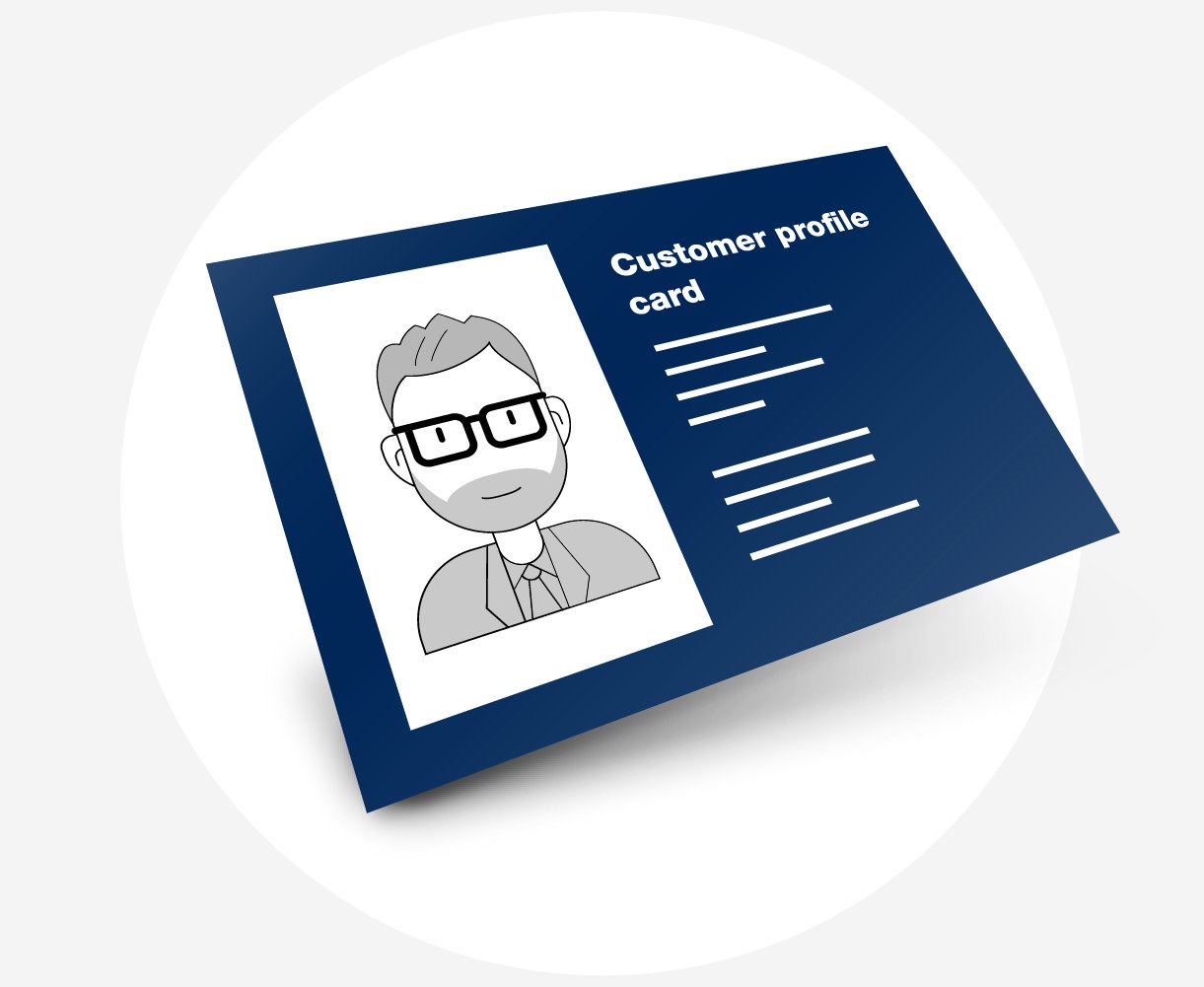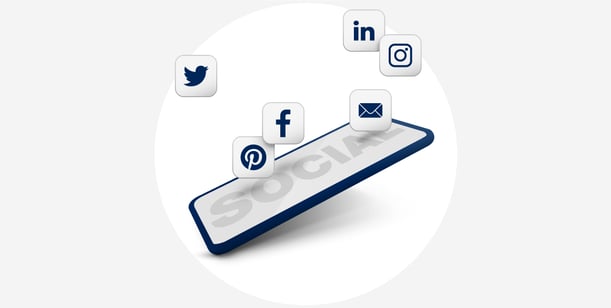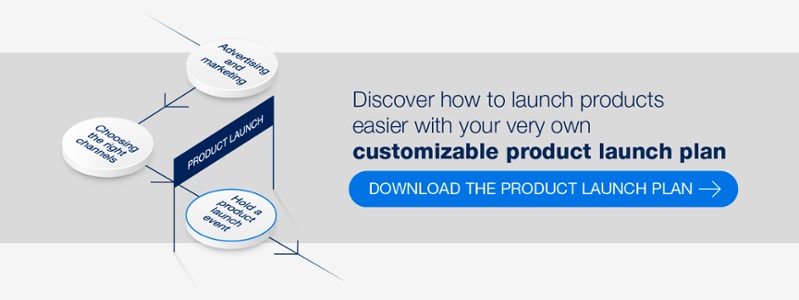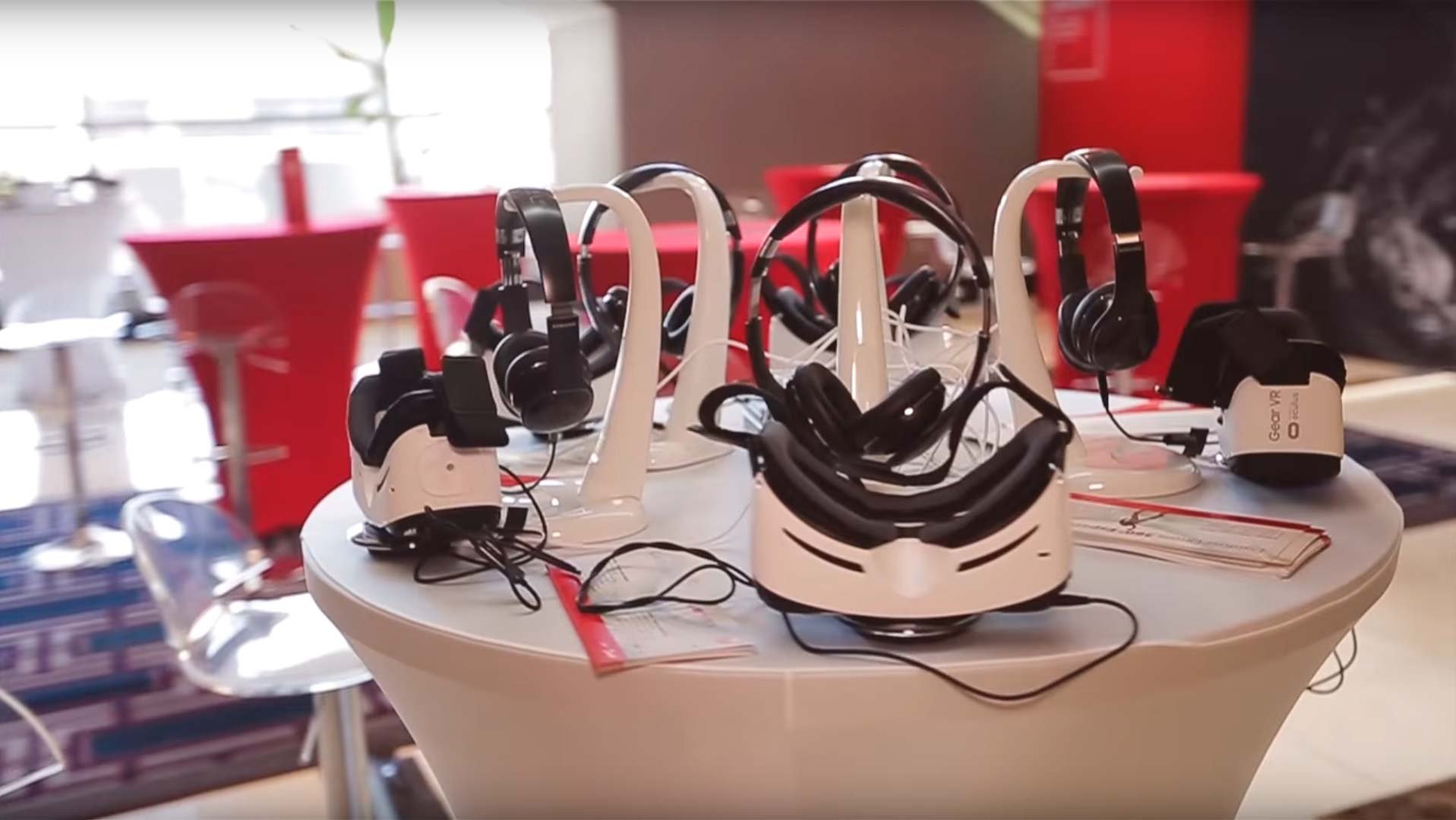Holding a product launch event to showcase your new products and present them to your audience is a critically important step in their future success. However, there is obviously a lot of prior planning and organization before simply announcing your product to your target market.
From the first initial stages of teasing the product to varying levels of building anticipation, and finally the action of the product launch event itself, the hype surrounding your product can serve to propel future sales far beyond your expectations for a stellar ROI.
Apple is a perfect example of this. Well known for satisfying customer expectations with new product announcements at the Worldwide Developers Conference, Apple spends months building an atmosphere of anticipation and excitement.
But they are far from the only innovative company to excel in their product launch event efforts. And by following this checklist for product launch event best practices, you can also put together an event that will have people talking prior to the launch and long afterward.
What is a product launch event?
Put simply, a product launch is the effort of your organization to present and release a new product to the marketplace. The planning involved requires a lot of internal communication as well as the development of a strong marketing campaign designed to heighten awareness about the upcoming event and the products that will be revealed.
The product launch event is often just as important as the development of a product. Without strong customer awareness of your product — its features, benefits, the pain points it solves, etc. — your audience may not understand why they need this product. This could result in not meeting your sales and revenue goals.
As an unwritten rule, it is wise to start the planning for your product launch event approximately 4-6 months in advance. This will give you plenty of time to put together a viable plan, secure a location for the product launch event, and review the plan for any necessary adjustments before the final date of the launch.
7 points to check for your next product launch event
- Define your goals
- Get to know the audience
- Choose a theme
- Find a venue
- Leverage social media
- Plan the entertainment
- Follow-up
Types of product launches
There are also a few different types of product launches you’ll want to consider. Sometimes using a combination of the following product launches will work better for a particular product and your audience.
The seed launch
This is a small launch ideally suited to presenting a new product quickly to a small group of buyers or investors. For example, if you have an idea for a new product that you know your audience will want, you can launch the idea to a list of buyers who, in turn, can help you create the product.
The soft launch
This type of launch certainly isn’t going to generate a lot of sales in the consumer market, but it’s a good way to test a product with a smaller group gently before planning your full-scale launch. It’s also well suited to presenting the product to other brands in the industry. It won’t generate a lot of attention outside the industry, but it does get the product a footstep into the marketplace.
The minimal launch
Have you got a product already in the marketplace that has been altered or updated with a new design or feature? Then the minimal launch is recommended. It lets the audience know about the new changes without the need for a large expenditure and marketing planning.
The full-scale launch
This is the big one. The cause for excitement. The product launch that will get everyone talking. It’s mainly what we’re talking about in this article, and while it takes a lot of time and money to get everything done just right, when it is done successfully, it is well worth it.
You might also like: "Everything your product launch strategy should include for a perfect launch"
1. Define your goals
What is the ultimate purpose of your product launch event? Answering this question will better enable you to organize your plan. Is it your goal simply to create an immersive experience for your audience, fostering discussion and providing education? Or is the purpose more to promote your brand and build awareness? Perhaps the event will primarily focus on the product itself, as they often do.
Knowing the goal of the product launch event is a critical first step, as it will also help you choose an overall theme and decide on a relevant location.
2. Know your audience
Your product launch event will also serve to deliver a message. It must be a message that resonates well with your audience. And so, of course, it helps to know who your audience is. What do they want from your brand? What do they expect from your products? What pain points do they have? How would they best receive your message? How will you deliver news and information about the upcoming product launch?
Will the audience at your product launch event be investors? Influencers in the industry? Your most loyal customers and brand enthusiasts? Will the press and media be invited?
Answering all these questions will also enable you to better develop your theme as well as plan your marketing and promotion campaign.

3. What is your theme?
Your message, and consequently your product launch event, may miss the mark if the theme isn’t relevant to both the product and your audience. The theme should make sense for your industry. It should also be uplifting, inspirational, and innovative. You certainly want your product to shine and be the main focus of the product launch event, but the theme could be what really elevates the excitement and enthusiasm around the product.
4. Where will the event be held?
Will your product launch be well received in a grand ballroom, or will the launch event feel more natural in a convention center? The location should match the personality of your brand and the expectations of your audience. It should be a space large enough for everyone to feel comfortable and for the product to be easily visible. At the same time, you don’t want to choose an overly large venue that feels empty if it isn’t adequately filled.
Do you prefer a modern, sleek event space, or is a historic building more representative of your style? Is luxury a necessity for your audience, or would they feel more comfortable in an outdoor setting?
The location should also be one of convenience for your audience. If your audience is primarily based in one location, don’t hold the event in a venue hundreds of miles away simply because you like the space. You’ll likely end up with a much lower attendance.
Also, be sure to consider the logistics. Will it be easy to transfer your products, equipment, displays, and other elements of the event into the venue? Will it be easy to set up and tear down the event? Efficiency is also an important consideration when choosing your location.
Physical venue vs. virtual venue
In the wake of the COVID-19 pandemic — which saw many conventions, conferences, and product launch events canceled or postponed — brands had to come up with innovative and unique ideas to present a new product. And so, virtual launch parties were developed.
Virtual events aren’t anything new. A survey states that more than 50% of individuals are aware of at least two virtual events a month [I]. But virtual product launches have certainly increased in both frequency and grandeur over the past year, and they can often be just as exciting as an in-person event.
Once again, Apple succeeded in this endeavor when they held a virtual launch for a new Apple Watch and two iPad models in 2020. But they aren’t the only ones to utilize the potential of the virtual realm to its fullest. MG, a car manufacturer in India, introduced the MG Hector Plus to a live audience of 7,000. The virtual product launch included live speakers who displayed a lot of enthusiasm. It is considered one of the best virtual product launch shows of 2020.
Virtual product launch events are gaining in popularity because not only are they more cost-efficient for a brand, but they're also more convenient for the consumer. Additionally, the audience can be much larger if you wish. And while all attendees may remain in the comfort of their own homes, they can still tap into the buzz and excitement shared by potentially hundreds or thousands of attendees all present at the moment of this shared experience.
Virtual launches can be extremely engaging, and today’s ever-advancing technology gives brands the capability to provide unique and interesting settings for their products. Consider for instance digital and virtual showrooms. With innovative sales tools, you can invite your audience to interact with your products in a captivating manner. Discover a few examples of our clients who mastered product launches via a virtual/digital showroom or exhibition stand solution.
A virtual showroom is also the perfect opportunity to automate the sales process and improve your bottom line. You can watch your sales numbers rise as the event is being held. And the best part is, you can save tons of CO2 emissions by not having to transport equipment and visitors to the physical place, which you easily leverage in the promotion.
5. Leverage social media
Social media platforms are the perfect tool to build awareness and hype around your product launch event. Engaging with your audience through social media posts serves to build brand awareness, educate and inform your audience, and build anticipation around the event.
Your marketing strategy should include a healthy dose of social media marketing, coupled with email newsletters, press releases, company web pages, datasheets or brochures, and guest blog posts. However, the key is to build buzz around the event and not necessarily just the products that will be introduced at the event. You want to maintain a small air of mystery so that your audience will want to know more. An effective solution is to leak bits and pieces of your product preview, and how to do it better than through short social media videos. Get inspired by social media videos made for some of our clients.
6. Plan the entertainment
It’s important to keep your guests entertained. Whether this is done by charismatic and enthusiastic guest speakers, a stand-up comedian, or a rock-and-roll cover band is up to you. Just as long as the entertainment fits with the theme and your audience appreciates it.
The ultimate goal is to wow your audience, not just with the products, but also with the entire event. The entertainment will make the product launch event fun, memorable, and something they’ll want to talk about with others. For example, Danfoss took their physical conference to a whole new level by giving visitors a chance to try a VR solution to present their products in their real surroundings.
Get inspired by Danfoss and their virtual reality solution at their physical conferences
7. Remember the small details
Don’t spend so much time focusing on the bigger details like speakers and entertainment that you forget about the little things. Because you can be sure that your guests will notice. For example, what kind of food will you have at the product launch event? Will it be finger foods? Will there be alcohol? Will there be a casual sitting area that guests can relax in when they eat? Or will they stand around cocktail tables enjoying upscale hors d'oeuvres? Will the food be from a certain culture to match a connection with your product? It’s all the little details like these that your audience will notice and appreciate.
Likewise, small, personalized gifts on the table, products in the bathroom, or other keepsakes that guests can take home will also help to make your event more memorable, while also showing your guests that you welcome their attendance and appreciate them as a customer.
8. Follow up
The product launch event doesn’t need to end when people leave your venue. You can spend the next few days focusing on social media engagement and utilizing other marketing strategies, such as newsletters, to keep the momentum of the event going and ensure it stays fresh in everyone’s minds for a while longer.
It’s also important to get feedback from the attendees. You can do this with cards left at the event for attendees to fill out, or you can use social media and email surveys to gather information and opinions about the event and the products.
Continue your marketing for the next few weeks and possibly even the next few months based on the data you’ve collected and how your sales are meeting your expectations.

In conclusion
The product launch event is the most exciting part, of course, but the planning is definitely the most important part. You want to make sure you leave yourself enough time to focus on everything in a thorough manner. A few days before the event (or on the actual day of) is not the time to realize suddenly that something else needs to be addressed or changed.
Organization is key to making sure that every detail has been accounted for. Give yourself enough time to plan, and also come up with contingency plans for any possible scenarios that may occur, and you are bound to succeed in your product launch event.
Sources
[I] https://www.dreamcast.in/blog/virtual-product-launches-2020/
















